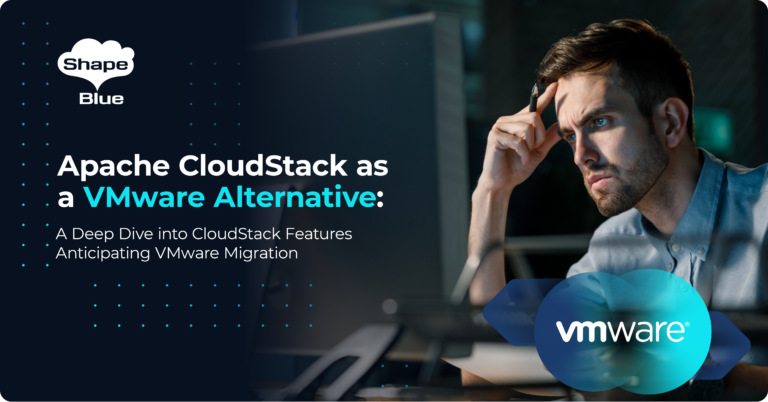Support for VMs Having Multiple SSH Key l CloudStack Feature First Look
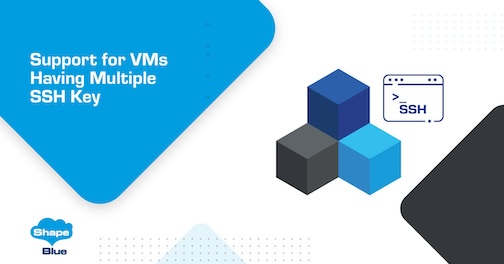
As SSH is the most widely used way to access remote machines, CloudStack provides users with the ability to specify an SSH Key to be added to the list of authorized keys of a virtual machine either during or post-deployment. Users can either generate these SSH Keys via the CloudStack UI or register existing public […]
Improvements to VM and Volume Migration | CloudStack Feature First Look
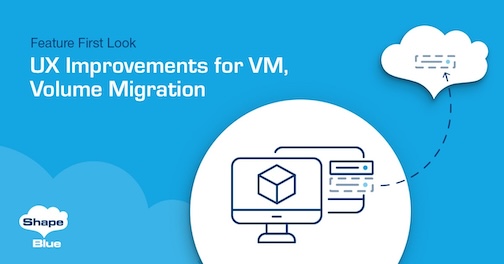
Migration of resources such as virtual machines and volumes is essential functionality for cloud operators, enabling them to load balance or perform maintenance operations on underlying compute, storage or network resources without major downtime. CloudStack provides impressive functionality to migrate VMs and volumes, with different APIs for different use-cases: migrateVirtualMachine migrateVirtualMachineWithVolume migrateSystemVm migrateVolume Most of […]
Granular Control of Dynamic Scaling of VM’s CPU/RAM
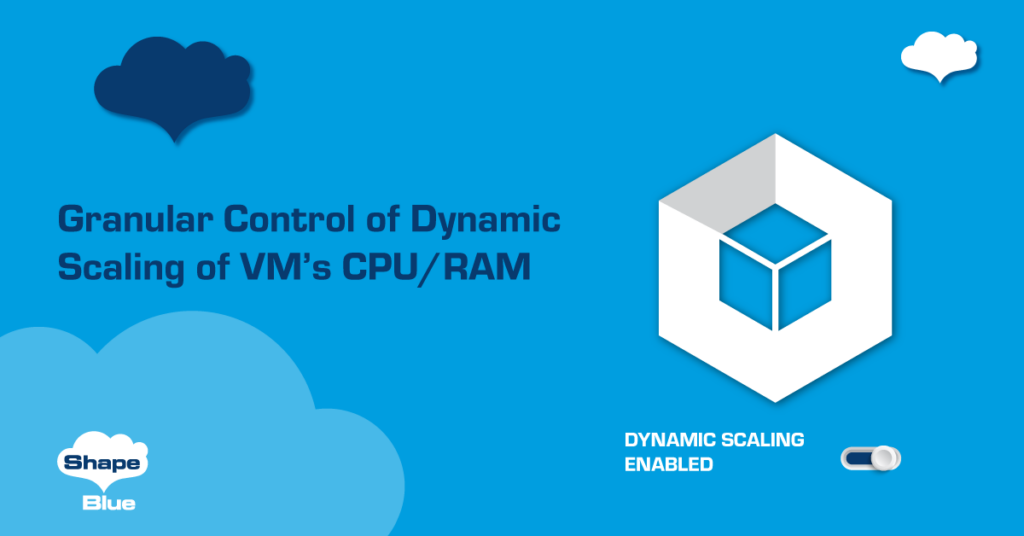
Currently, CloudStack allows admins to configure the dynamic scaling of CPU and RAM for the VMs using a global or zone level setting “enable.dynamic.scale.vm” and through a “Dynamically Scalable” flag in templates. However, the global or zone setting applies to all VMs in a particular region or zone and there may be virtual hardware or […]
SystemVM template – Upgrade Improvements
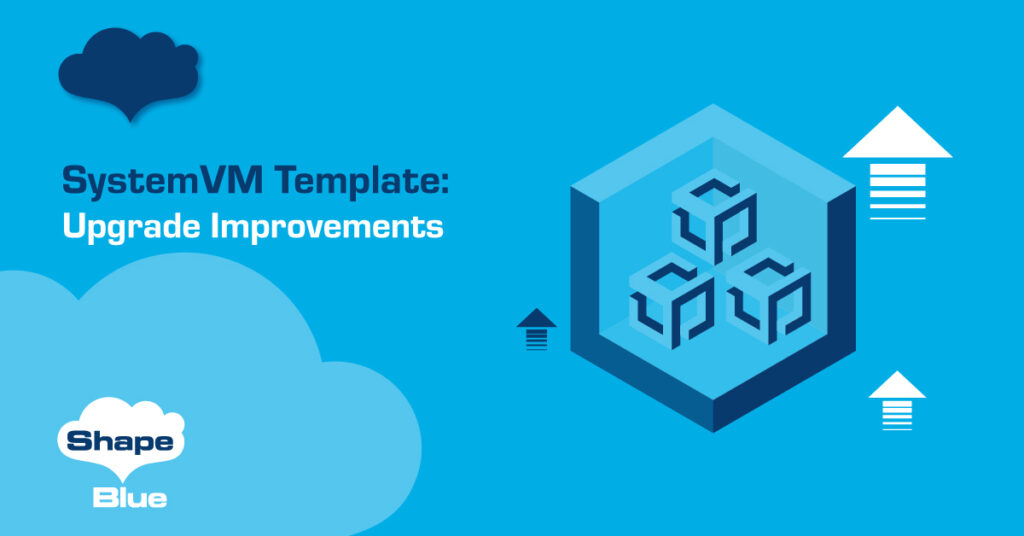
When upgrading Apache CloudStack (ACS) to a newer version one must manually register new SystemVM templates before upgrading the packages. Failing to do so means having to roll back the database to the previous version, register the new template and start the upgrade again. We’ve developed a process (available as of CloudStack 4.16.0) to automate […]
Adding Comments to CloudStack Objects | CloudStack Feature First Look
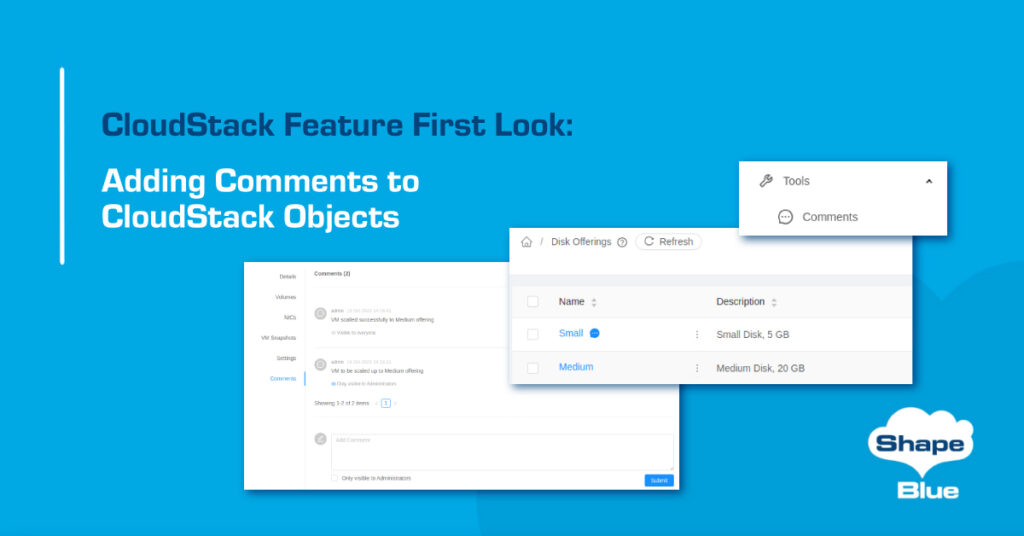
CloudStack administrators are currently able to add annotations/comments on hosts, domains or virtual machines. This is useful as administrators may comment on the actions taken on those entities, allowing other administrators to know why actions were taken. This new functionality (available from CloudStack version 4.16.0 onwards) extends the scope of the comments feature to users, […]
Support for Custom Resource Icons in CloudStack | CloudStack Feature First Look
A CloudStack resource is typically identified by its name or description, and when creating and managing resources, zones are often named by their geographical location, team/company name for domains, accounts, projects and so on. However, as icons and images are generally easier to quickly identify we wanted to improve the user experience by providing the […]
Import Virtual Machines in CloudStack
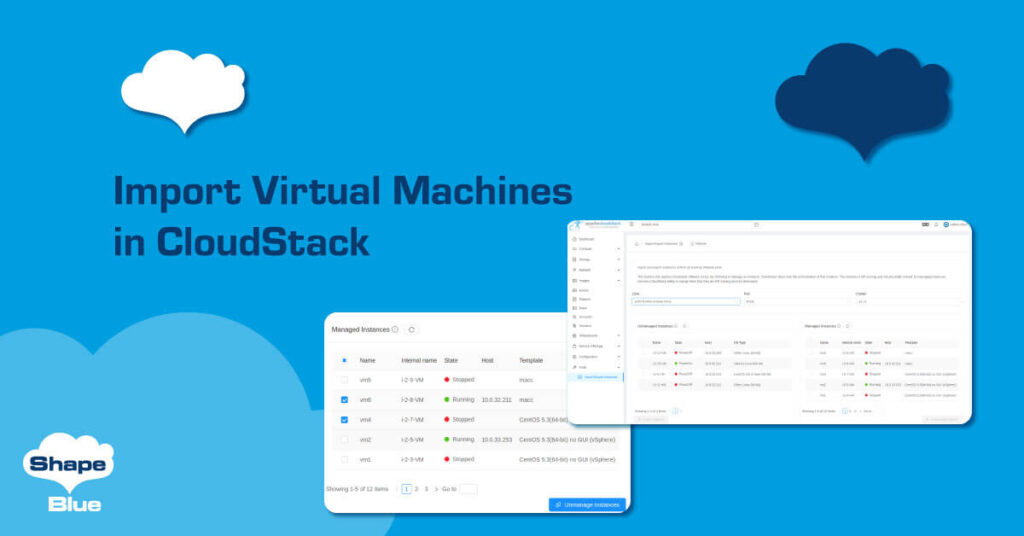
Since CloudStack 4.14 it has been possible to import virtual machines (VMs) from a vSphere cluster directly into CloudStack, which introduced the concept of managed and unmanaged VMs. Managed VMs are those controlled by CloudStack, whereas unmanaged VMs have been either deployed directly on the hypervisor or removed from CloudStack (using the unmanageVirtualMachine API). To […]
Rocky Linux and openSUSE Support in CloudStack
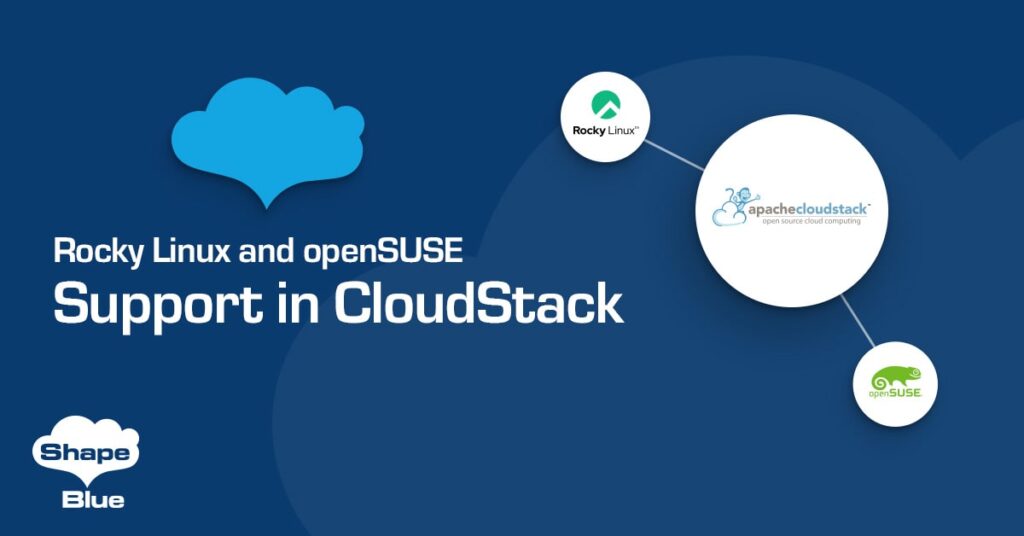
In December 2020, Red Hat announced major changes to the roadmap of its CentOS distribution, including the early end of life of CentOS 8 in December 2021. Due to this sudden and unexpected change, new Linux distributions have been developed as possible alternatives to CentOS, which are binary-compatible with Red Hat Enterprise Linux 8 (RHEL8). […]
Enable Bulk Actions via the CloudStack UI
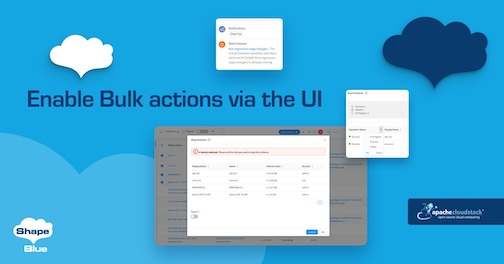
Want to start or stop a VM (Virtual Machine), or delete an offering in CloudStack? No big deal. However – what if you need to delete 20 offerings, or stop 20 VMs? Having to perform the same operation on each individual item is time-consuming, laborious and can be frustrating. Bearing this in mind, we’ve come […]
vSphere Datastore Cluster State Synchronisation
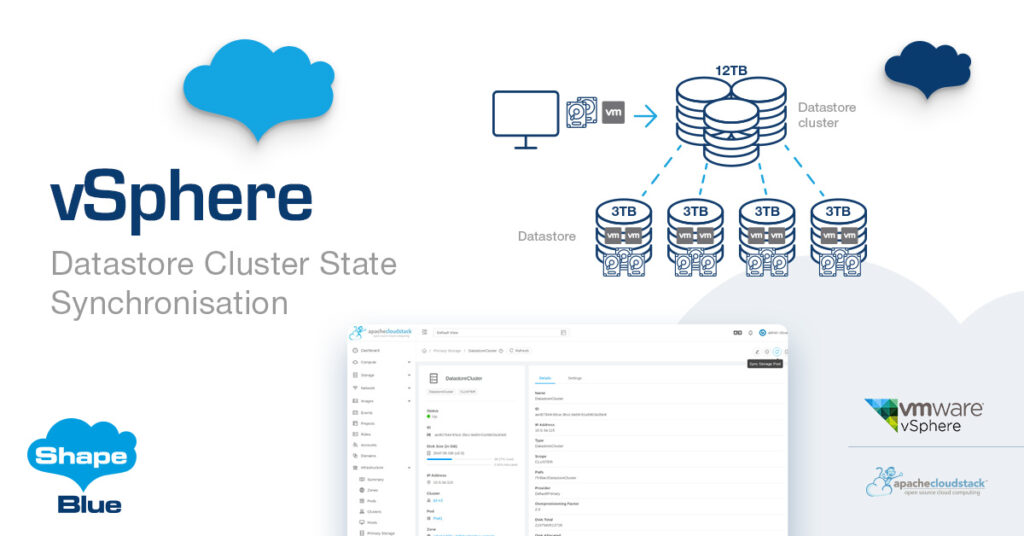
Apache CloudStack 4.15 introduced several new capabilities for vSphere, including support for datastore clusters. Following production use of the new features and feedback from users, an opportunity for improvement was noticed. If a storage pool is added or removed from the datastore cluster in vCenter, to see those changes in CloudStack it is necessary to […]


